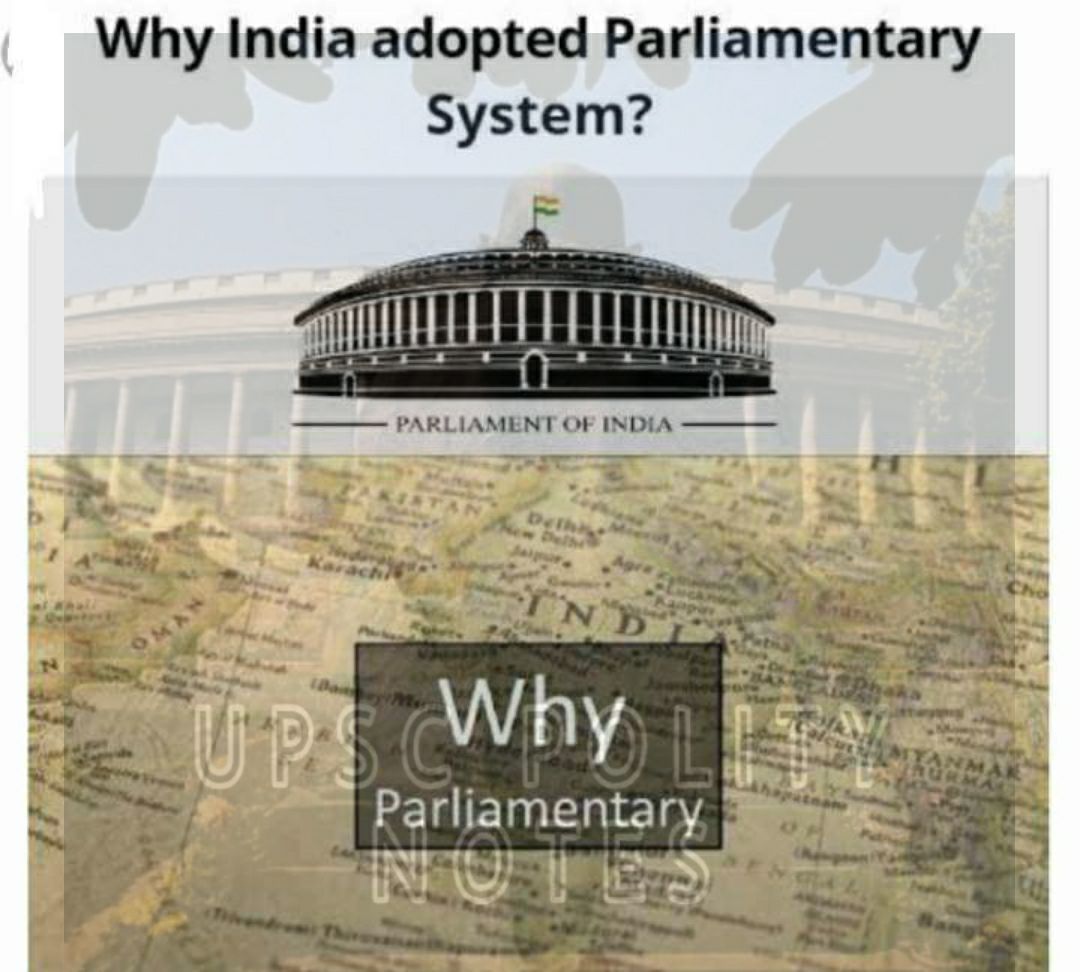
How to get URL link on X (Twitter) App


 ■ THE CRUST
■ THE CRUST

 2. The committee recommended the inclusion of a separate chapter on fundamental duties in the Constitution.
2. The committee recommended the inclusion of a separate chapter on fundamental duties in the Constitution.
 2. Unitary government - all the powers are vested in the national government and the regional governments, if at all exist, derive their authority from the national government.
2. Unitary government - all the powers are vested in the national government and the regional governments, if at all exist, derive their authority from the national government. 
 The Draft Constitution in recommending the parliamentary system of Executive has preferred more responsibility to more stability.’
The Draft Constitution in recommending the parliamentary system of Executive has preferred more responsibility to more stability.’ 
 Besides India has limited availability of Uranium reserves (about 2% of the world’s uranium reserves)
Besides India has limited availability of Uranium reserves (about 2% of the world’s uranium reserves)
 2. They are not absolute but qualified. The state can impose reasonable restrictions on them. However, whether such restrictions are reasonable or not is to be decided by the courts.
2. They are not absolute but qualified. The state can impose reasonable restrictions on them. However, whether such restrictions are reasonable or not is to be decided by the courts.
 ◇ Ad-hoc Committee on the National Flag - Dr. Rajendra Prasad.
◇ Ad-hoc Committee on the National Flag - Dr. Rajendra Prasad.
 ◇ Advisory Committee on Fundamental Rights, Minorities and Tribal and Excluded Areas - Sardar Patel.
◇ Advisory Committee on Fundamental Rights, Minorities and Tribal and Excluded Areas - Sardar Patel. 
 princely states took their seats in the Assembly.
princely states took their seats in the Assembly.